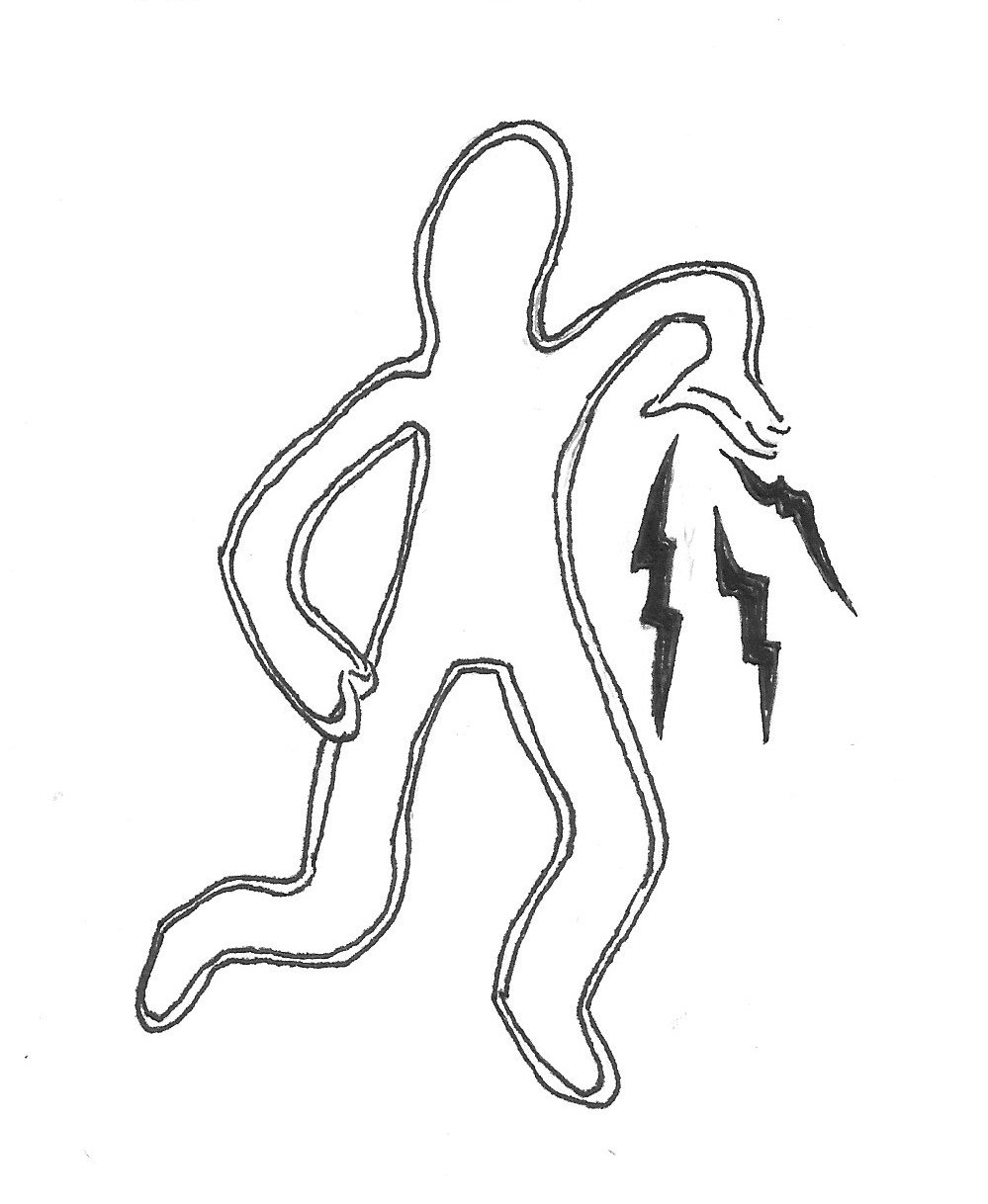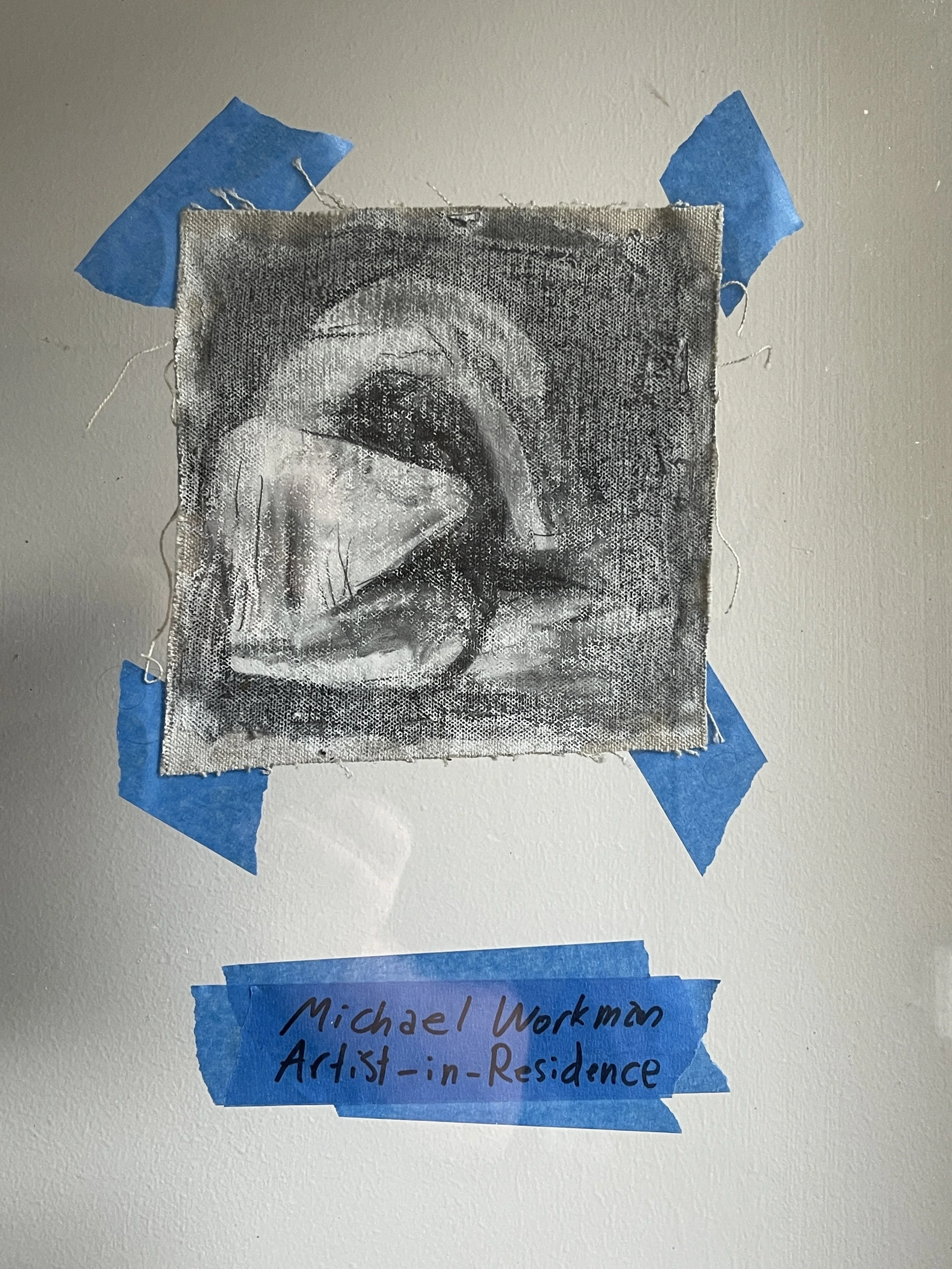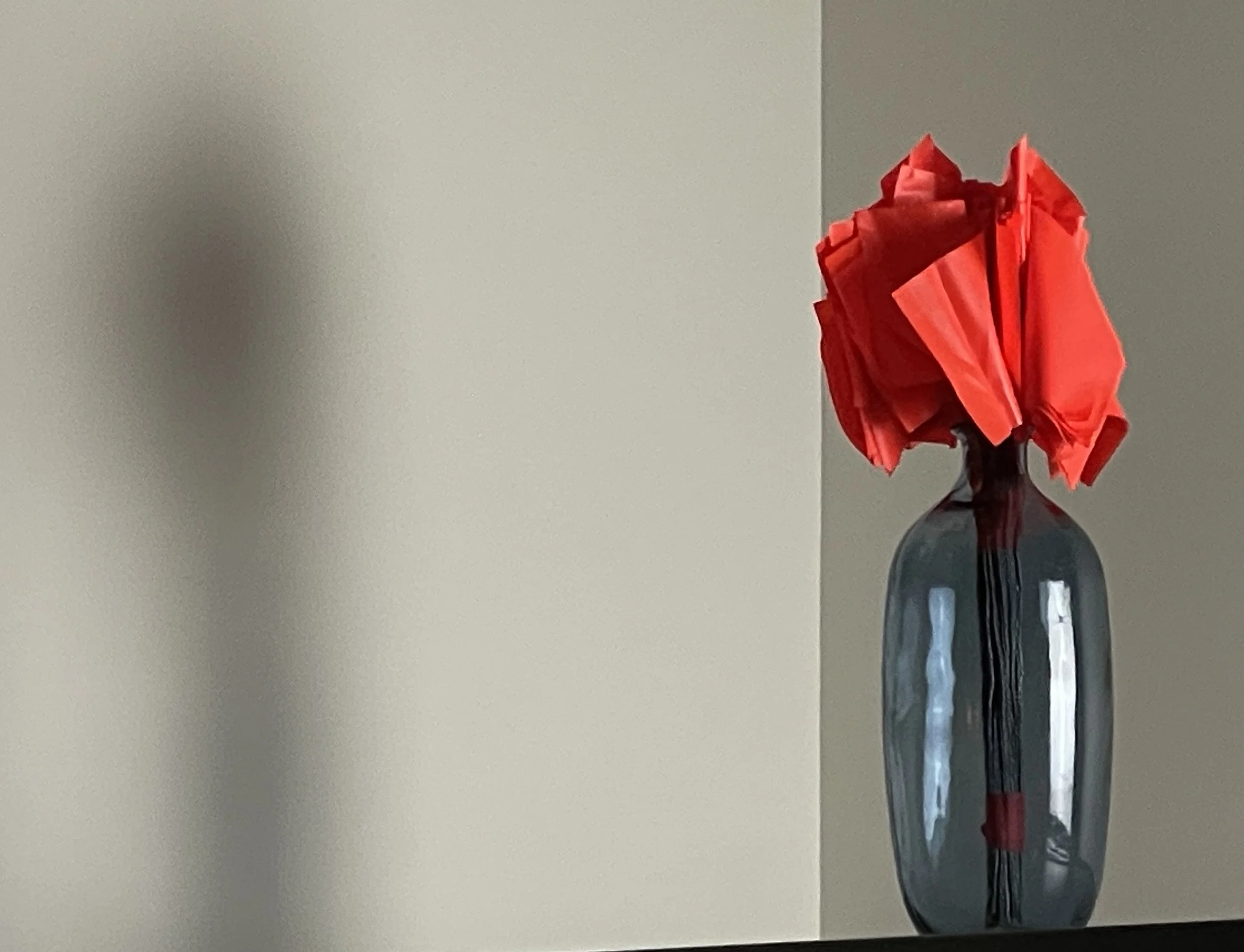My Allerton Artist-in-Residence Diaries Week 1
Week 1: Acclimating to the New Imaginary Place-Making Process
I’m driving to Allerton Park and Retreat Center to serve as the Joan and Peter Hood Artist in Residence for the next three weeks, window down and relatively sunny as the seasons are starting to change. It took about ten trips up and down three flights of stairs to carry all the gear and necessities to the car. I have a pretty decent playbook for how this whole thing can go drafted in agendas and in my head, but also don’t want it to be predictable, I want indeterminacy, I want things to go off script. How does this work? Can we intentionally hunt for surprise? I think so. I’m bringing non-studio work with me, and it kicks into high gear on day one, so the first three days are busy, almost too busy. But when I arrive the night before I have this feeling of knowing I can surprise myself, and pull into the parking lot next to the A-frame building I’m moving into as it’s being circled by deer, moving in the darkness, just outside the periphery of the light, sniffing the ground. I come trundling in hoisting bags of stuff, and raccoons scuttle off under the fence-lines. There’s clearly a lot of life here, though it feels encapsulated in darkness. The ride in, you get this immediate sense you’re in a sphere of light created by the car’s headlamps and you’re moving as a single lighted figure through this landscape of darkness all around, which is simultaneously descending earlier and earlier in the day. It’s also getting sharply colder. Then: that first feeling of arriving, of stepping out from that sphere and out again into the dark, sort of sets the tone for being here — it’s like you’re surrounded by this other life and you’re just passing through.
I immediately feel connected to this other presence. The studio building itself is a beautiful space too — it’s well built, all thick walls and sturdy angles and echo. It’s a standalone structure next to another A-frame that serves as a kind of shared studio building. Inside, it has a living room, dining room table, kitchen, bath, and a back bedroom with two beds. It’s a space that feels designed for quiet attention. It’s been actively maintained and it shows. The endowment that keeps it going came from Dana Brehm and Larry Baumann, and you can tell from the condition of it — it feels like it would be cozy in heaviest winter. Their storage is in the basement, which you get to through this big glass elevator right inside the entrance. It’s an odd, elegantly modern encasement that kind of drops you into another, unseen layer of the building, like descending into the body of the land itself. Across the street from the entrance is a very long public garden that leads to a sunken garden at the end, which I haven’t visited yet. The first three days I was barely keeping up with work and settling into the space, trying to get bearings, find a rapport with the past work I’m trying to move ahead from.
The very first night I was able to put up some older works and create what feels like a separate studio space here for me — a kind of echo of the home studio I left behind. I brought about thirty drawings and other artworks, and made a few new ones, including the construction flag bouquet, a found-object combination, which are fun and I’ve always loved to play with; and I brought along some back issues of Bridge and the new flexi-disc album, and a few other things in anticipation of an open studio day. It’s strange, but by setting those up right away, it felt like I’d created a perimeter — the beginnings of something that marks off this space as mine, or at least as an anchored extension of my ongoing work.
Michael Workman, construction flag bouquet, construction flags, metal stems, orange markup tape, found glass vase, 2025.
Lately, I’ve been thinking a lot about how place acts as a kind of collaborator, and about how to collaborate with it. The Transitive Fieldwork project really comes out of that impulse — the idea that the work is always moving through the conditions that make it possible: geography, weather, time of day, who you are when you arrive, what part of your self you lose by making that choice and not another. I think a lot about artists like Robert Smithson, his idea of “sites” and “non-sites,” and about how meaning doesn’t settle in one place but gets transported, rearranged, lost, and rediscovered. Agnes Denes, too — her insistence that ecology and thought can exist in the same gesture, that drawing and planting are related acts. Ever since I started including Theresa Hak Kyung Cha in the way I’ve been approaching this, going back to the original “Steady State” workshop I presented for the Chicago Public Library’s Poetry Month programs, I’ve been drawn to her sense that language and place are both temporary shelters, voice and landscape. I keep coming back to her in my writing and in the ways I’ve been trying to understand how displacement and geography form a kind of shared syntax.
Mostly though, I came here wanting to get back to oil painting, to finally return to that process after so long, and I liked that contributing an artwork to their permanent collection was a condition of this residency. But I also wanted to continue building the Active Investigations project (this continued last year as part of the Neubauer Collegium work, not in the archive yet but documented in this Youtube video) through a Transitive Fieldwork framework — thinking about place history, navigation, and the way human intention gets folded into natural forms. That’s always been part of my work, the navigation between interior and exterior landscapes (there’s an essay in there somewhere about Kubrick and The Shining, the Allerton and the Overlook), and I think this place intensifies that. The cultivated and the wild sit right next to each other here, overlapping. I can feel it even from the porch — the way the gardens across the vista pull your eye outward, but the woods keep tugging you back.
People talk about Robert Allerton’s vision a lot — his legacy, his eccentricities, the way he designed the park as an artwork. And I do want to include some of that eventually, but for now I’m trying to ignore it, or at least not start there. I want to think about this place not as something inherited but as something as yet unencountered. The architecture itself — its symmetry, its gestures toward permanence iun the buildings, the gardens, the placement of the various sculptural treasures — is a kind of language. But I’m more interested right now in the unscripted part of it: the spaces between, the edge of the forest line, the slope of the light.
In some ways, this feels tied to what I’ll be doing when I go out as part of the Illinois Humanities Council’s Road Scholar program — those workshops on poetry and fiction writing that I’ll rebuild each time depending on where I am. Each talk will have to be specific to its place. That’s how I’m thinking about Allerton too — as a site for translation, not replication. What I make here won’t be transferable wholesale; it’ll be a record of a particular alignment of conditions — me, here, now.
On my first day in the mansion, I spent hours just walking through it — room after room, letting the corridors teach me how to move. There’s something uncanny about its scale: the endless mirrors, the long narrow halls connecting the servants’ quarters to the rooms of the residents, the abrupt turns that seem to fold time inside the building itself. I started thinking about one of the characters I’ve been working with in the studio practice — a kind of vampire — and decided to bring a few of them with me, or maybe let them arrive here through me. I walked through the building like that, imagining the vampire entering the space for the first time, drawn to the mirrors, fascinated by the reflection that isn’t there, by the impossible architecture of self that the house seems to insist upon. It was a way to test how the building holds presence and absence at once — what it means to occupy the threshold between being seen and unseen.
That act — of walking through as the vampire — became my first attempt at embodying the space as a persona, to see what it reveals when I stop being simply myself in it. I’ve been thinking of this as a form of mapping too, but an imaginary one. This space creates an imaginary space that I’ll begin mapping — but also that I’m inhabiting through this imagined other self. Along with the vampire, I brought another figure — the spectre, a character I’ve worked with before, for whom I brought the shroud I usually wear and the pink kerchief that finishes the costume. I think I’ll photograph or shoot some of that soon. The spectre is different from the vampire — less predatory, more like a witness, a drifting presence that absorbs place rather than inhabit it. Together they form a kind of dual consciousness — one searching outward, one dissolving inward.
These personae give me a way to move differently through the environment, to think about embodiment as a way of research, performance as method. They make it possible to approach Allerton not just as landscape or history but as a kind of field for speculative habitation. Combined with my research into the place’s history, this will help me develop the vocabulary that defines what I’m calling the Field Atlas — the parameters, gestures, and conceptual cartographies that will grow from this experience. The Atlas will probably be part writing, part drawing, part documentation of these walks and personae — a record of translation between the literal and the imagined.
In Chicago, the work is always crowded by its context, by everything I’ve done before, by a sense of immediate history and infrastructure, population and residence, some sense of civic engagement. Here, there’s a kind of slowness that forces a different register. Evenings fall quickly on the passing days, and the animals return. The deer step out again into the same circle of gravel where I first met them, raccoons appear and disappear at the tree line, and I sit inside the lit triangle of the A-frame, looking out into what feels like an ancient rhythm. The night doesn’t feel empty; it feels full of movement. I keep thinking that what I’m really doing here is learning how to see through the work into a new register, a shift from my usual urban contexts to this new rural setting — it feels like a reboot, a new beginning. Now that the studio’s set up and I’ve brought my characters into this new register, it’s time to start painting, nature-mapping, staking out my path forward, and also my son’s (21st!) birthday, the Illinois Arts Council One State Conference and, well, a whole lot more soon! -0-









